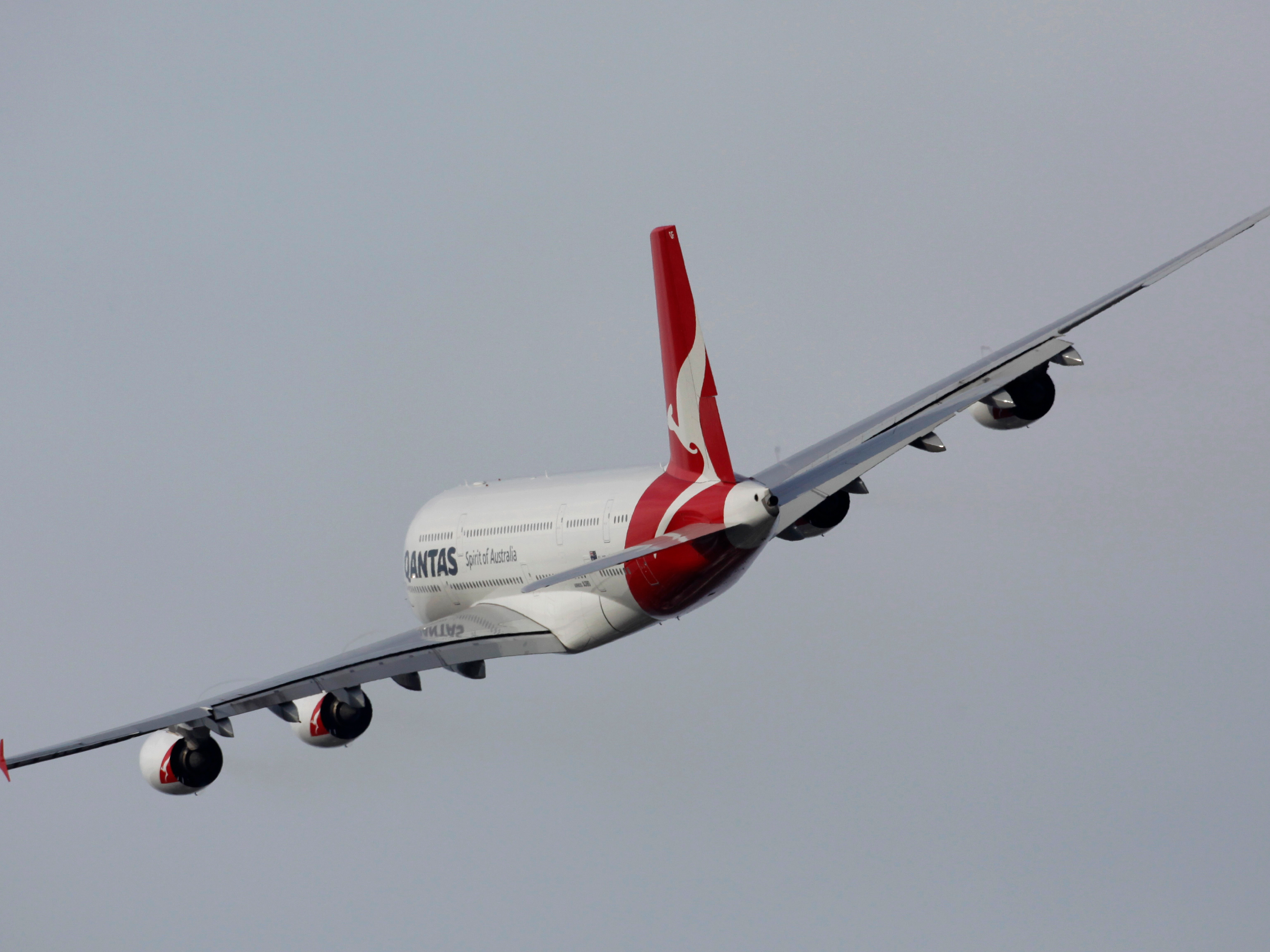- The reduction in the demand for travel has caused some airlines to move up retirement dates for their aging aircraft.
- Older, inefficient aircraft are among those on the chopping block as airlines turn to next-generation aircraft such as the Boeing 787 Dreamliner and Airbus A350 XWB.
- Virgin Atlantic Airways retired its Airbus A340-600 aircraft ahead of time while KLM Royal Dutch Airlines retired its Boeing 747-400 aircraft for passenger use at the end of March.
- Visit Business Insider’s homepage for more stories.
Aircraft are quickly becoming casualties of coronavirus.
As Boeing and Airbus continue to roll out new aircraft, airlines the world over have embarked on fleet renewal projects that will see aging aircraft being retired in favor of more efficient birds.
The past few years, especially, have seen the gradual retirement of iconic quad-engine aircraft such as the Boeing 747 and Airbus A380 from global airline fleets in favor of twin-engine aircraft.
Both Boeing and Airbus themselves are largely stopping production on such aircraft to focus on the next-generation planes being adopted by airlines such as the Boeing 787 Dreamliner, Airbus A350 XWB, and Boeing 777X.
Aging twin-engine aircraft are also on the chopping block, with airlines seeking to clean house with newer types that provide their passengers with better experiences and relief for their bottom lines.
While some airlines had planned to slowly phase out these older aircraft over the next few years, the reduction in demand caused by the global spread of COVID-19 has accelerated some of the retirements meaning more iconic aircraft will be permanently grounded sooner than originally expected.
Using the coronavirus-related downturn as a catalyst for aircraft retirement isn't new for the industry as airlines typically use periods of low demand to restructure their fleets around newer aircraft, as seen with the post-9/11 period that saw a similar reduction in air travel," according to The Points Guy.
Take a look at some of the aircraft being eyed by airlines for early retirement as the novel coronavirus continues to cripple demand for air travel around the world.
American Airlines' Boeing 757-200
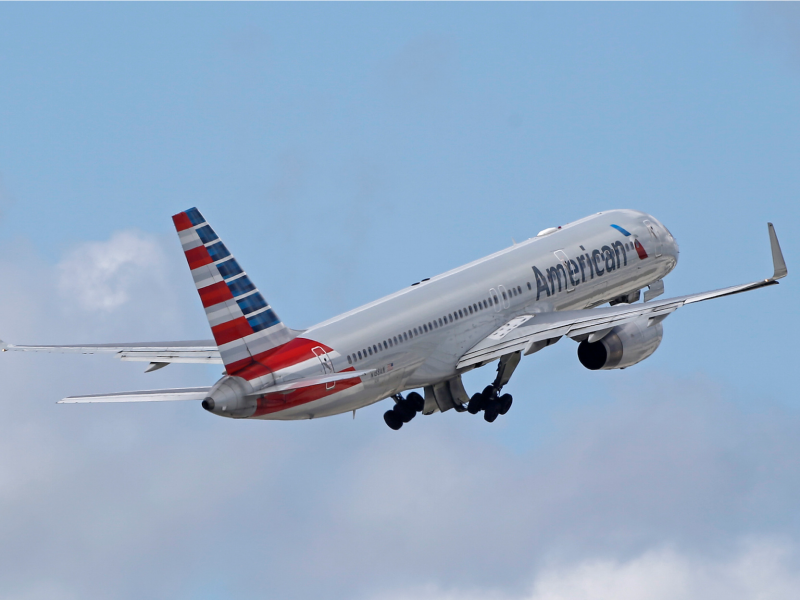
American Airlines confirmed to Business Insider that it will speed up the retirement of its Boeing 757-200 narrow-body aircraft to shortly after the 2021 summer season. In American's fleet are 34 Boeing 757s with the oldest being nearly 27 years old, according to planespotters.net.
The aircraft has played a vital role in American Airlines' route network both on domestic and international routes. In addition to the numerous domestic routes on which it is deployed, the aircraft operated transatlantic services from American's New York hub to cities such as Edinburgh, Scotland and South American services from its Miami hub including to cities below the equator.
The Boeing 757 will be replaced by its Airbus competitor, the A321.
The A321, with a similar capacity and range to the 757, currently operates American's flagship transcontinental services between New York and Los Angeles and San Francisco.
American Airlines' Boeing 767-300ER
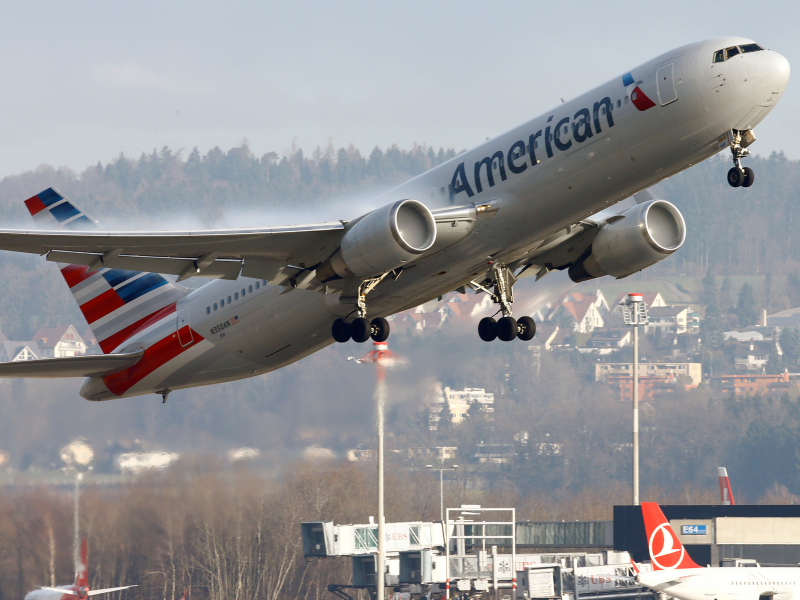
American Airlines will also be speeding up the retirement of its aging Boeing 767-300ER wide-body aircraft. With only 16 left in its fleet, according to planespotters.net, the Boeing 767 was retired in April.
Newer wide-body aircraft in American's fleet including the Boeing 787 Dreamliner will take the place of the 767, offering similar capacity, greater range and efficiency, and a slew of modern passenger-friendly features. In addition to select domestic routes, American's 767s can be seen flying routes to Europe and South America from the airline's hubs east of the Mississippi River.
American retired its Boeing 767-200s in mid-2014, using them for transcontinental service between New York and the California cities of New York and Los Angeles. The larger 767-300ER variant has been used by the airline to start transatlantic flights to cities such as Dubrovnik, Croatia.
KLM Royal Dutch Airlines' Boeing 747-400
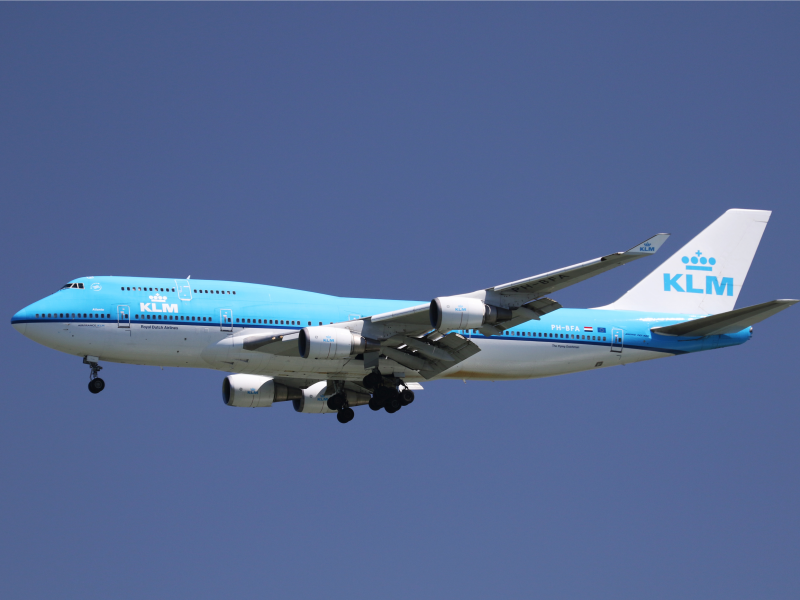
KLM Royal Dutch Airlines advanced the retirement of its Boeing 747-400 fleet to the end of March, according to De Telegraaf. Plans for the Dutch flag carrier to say goodbye to the aircraft initially called for a January 2021 retirement date but the reduction in demand from the spread of COVID-19 made it possible for an early finish date.
With only seven of the type left in its fleet, according to planespotters.net, the aircraft will give way to the more efficient twin-engine aircraft comprising KLM's fleet including the Boeing 787 Dreamliner and 777 aircraft. The newest arrival in the airline's fleet is the Boeing 787-10 Dreamliner, replacing the 747 on key routes including Amsterdam-New York.
KLM operated two types of the Boeing 747, the 747-400 and 747-400M. The former is a standard Boeing 747 in an all-passenger configuration while the latter was a mixed-use passenger and cargo aircraft, referred to as the "747 Combi."
The Boeing 747-400 is being retired from fleets across the globe, with Qantas aiming to retire its Boeing 747s within the year and British Airways within the next few years. US airlines Delta and United both retired their Boeing 747 fleets in the past three years.
Virgin Atlantic Airways' Airbus A340-600
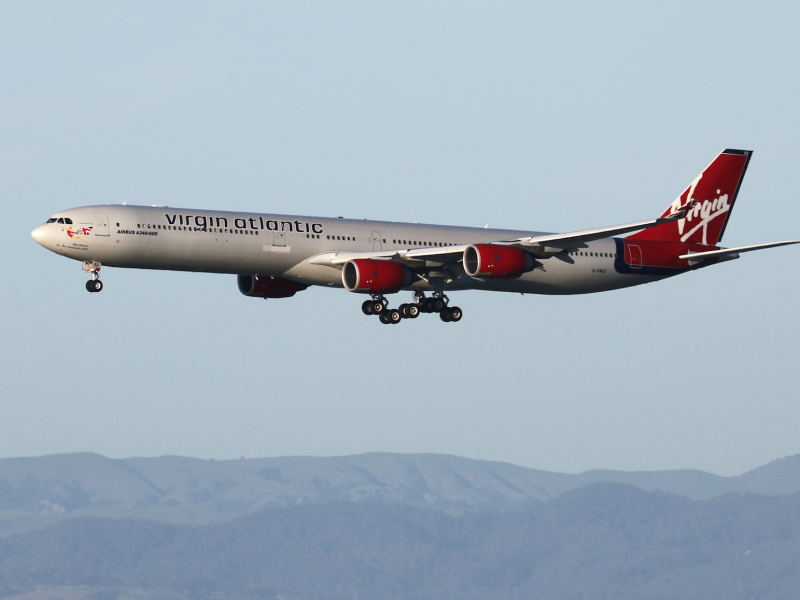
Virgin Atlantic moved forward the retirement of its Airbus A340-600 fleet, originally scheduled for May. The quad-engine aircraft was planned to be retired by the airline last year until issues with the airline's Boeing 787 Dreamliner and its Rolls Royce Trent 1000 engines forced Virgin to hold off on retirement and even resurrect some previously-grounded aircraft.
Retiring the last of its A340 fleet earlier this week, the airline said goodbye to one of its most iconic aircraft that is continuing to disappear from the world's skies. In Europe, only Lufthansa and Iberia remain as the last two major operators of the aircraft.
Virgin's fleet renewal began with the arrival of its Boeing 787-9 Dreamliner aircraft, continuing it with the purchase of the Airbus A350-1000 XWB and A330-900neo.
Delta Air Lines' McDonnell Douglas MD-88/MD-90
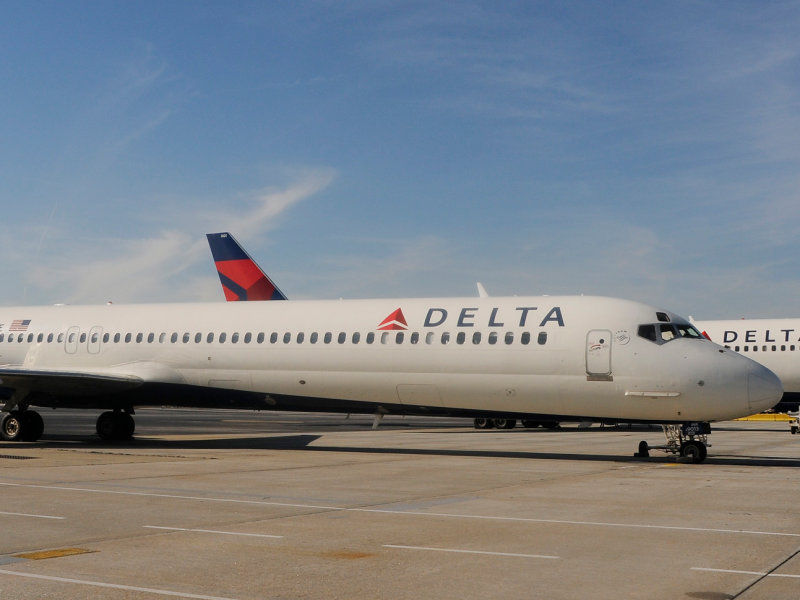
Delta says June 2 is when the last McDonnell Douglas aircraft will fly, with the fleet flying their final flights home to Atlanta from cities across the East Coast and Midwest. The iconic T-tailed aircraft has largely been retired by US airlines such as Allegiant Air and most notably, American Airlines, in recent years, leaving Delta as the only airline to operate it.
The near-identical MD-88 and MD-90 primarily operate on domestic routes from Delta's Atlanta hub with not much international usage outside of North America. The aircraft features a unique 3-2 configuration not commonly found on modern airliners.
The aircraft are to be replaced by Delta's Airbus A320 family aircraft as well as the Airbus A220 series.
Lufthansa, Korean Air, and Qantas Airbus A380
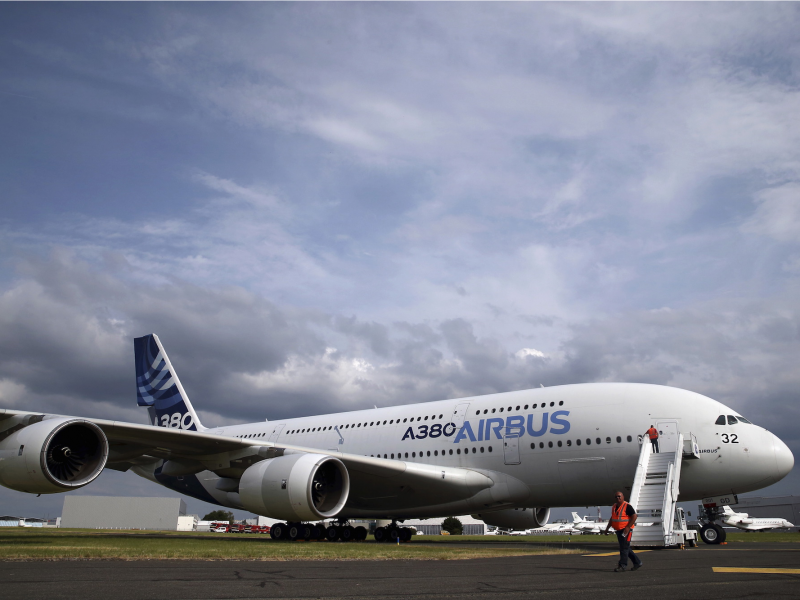
The Airbus A380 may be the largest casualty of the coronavirus-lead airline industry downturn as numerous airlines have grounded Airbus A380s to account for reduced demand for travel. Lufthansa was the first to announce it would be grounding its Airbus A380s, according to Aero Telegraph, used primarily for intercontinental routes to North America and Asia, due to the reduction in demand.
Korean Air followed suit earlier this week, grounding its entire Airbus A380 fleet, Forbes reported. Last month, it was reported that a Korean Air flight attendant with COVID-19 may have worked flights on the 400-seat aircraft between Seoul and Los Angeles.
Qantas elected to ground most of its Airbus A380 fleet. Out of 14 aircraft, 10 have been grounded while two are undergoing maintenance checks, the airline reported, leaving only two in operation on the Sydney-Los Angeles and Sydney-Singapore-London route.
Airlines have been opting not to continue with the Airbus A380 as the bulky plane has been overtaken by twin-engine aircraft such as the Boeing 787 Dreamliner and Airbus A350 XWB.
Airbus is ceasing production on the aircraft in the next year.
Qantas' Boeing 747-400
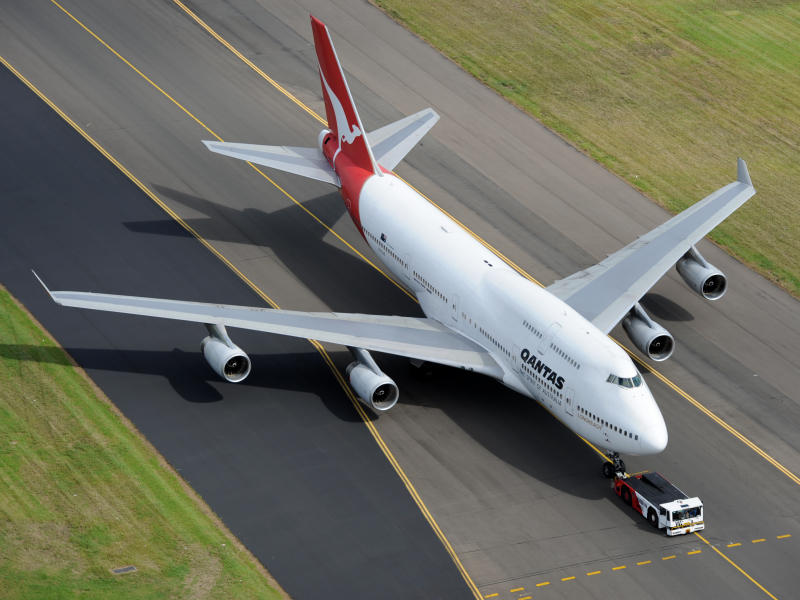
After a final transpacific flight from Santiago, Chile to Sydney, Australia, Qantas has effectively retired its Boeing 747-400 fleet. The aircraft are parked while Australia's flag carrier rides out the downtown caused by COVID-19 but the airline confirmed to Business Insider that they are not officially retired.
The aircraft were scheduled for final retirement at the end of 2020 as the airline completes a fleet renewal focused on the Boeing 787-9 Dreamliner and Airbus A380. The Australian Queen of the Skies, once a staple of transpacific travel between Australia and the US, has slowly been replaced on routes to North America over the past few years.
Should the recovery take longer than expected, especially as Australia prepares to enter its winter season, it's possible the aircraft will never again grace the skies with passengers onboard.
Air Transat's Airbus A310
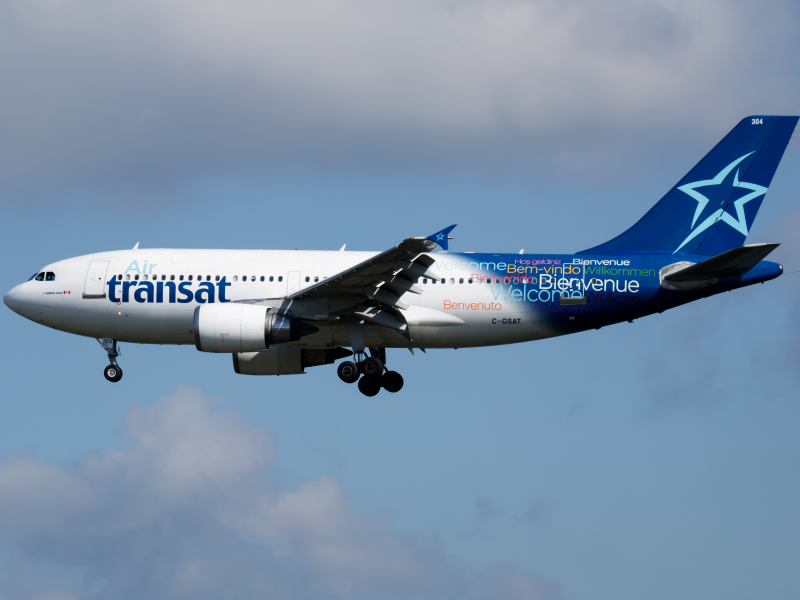
Air Transat confirmed to Business Insider that the Airbus A310 was retired earlier than planned in March. The A310 is one of the first wide-body aircraft to be produced by Europe's Airbus. Canada's Air Transat is the only passenger airline in North America to still operate it.
As one of the oldest airliners still flying, the A310 has acquired a following and was sought after for aviation enthusiasts looking to get a glimpse into aviation's past. Air Transat used the plane for intra-Canada hops as well as transatlantic services to Europe.
American Airlines' Airbus A330-300
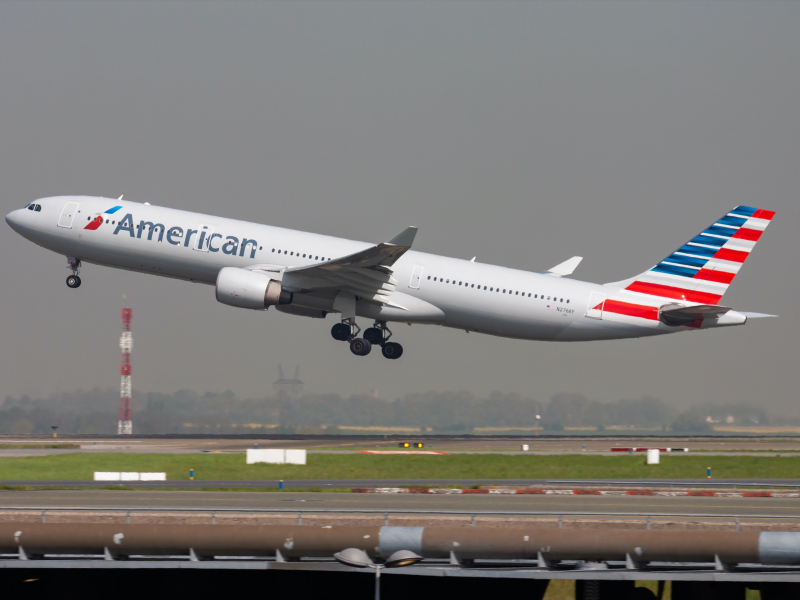
The Airbus A330 joined American's fleet in 2013 as part of a merger with US Airways, which operated the type for transatlantic flights from its East Coast hubs and limited domestic service.
American kept on the tradition after the merger finalized, stationing the jets in Charlotte and Philadelphia where they flew to international destinations such as Dublin, London, and Munich, and domestic destinations including Orlando, Honolulu, and San Juan.
While US Airways had planned to take on the Airbus A350 XWB aircraft, a next step up from the A330, American favored Boeing for its wide-body fleet and canceled the order. With the latest retirement, Delta Air Lines becomes the only US carrier to operate the A330-300.
American still operates the A330-200 but plans to retire the type as well.
American Airlines' Embraer E190
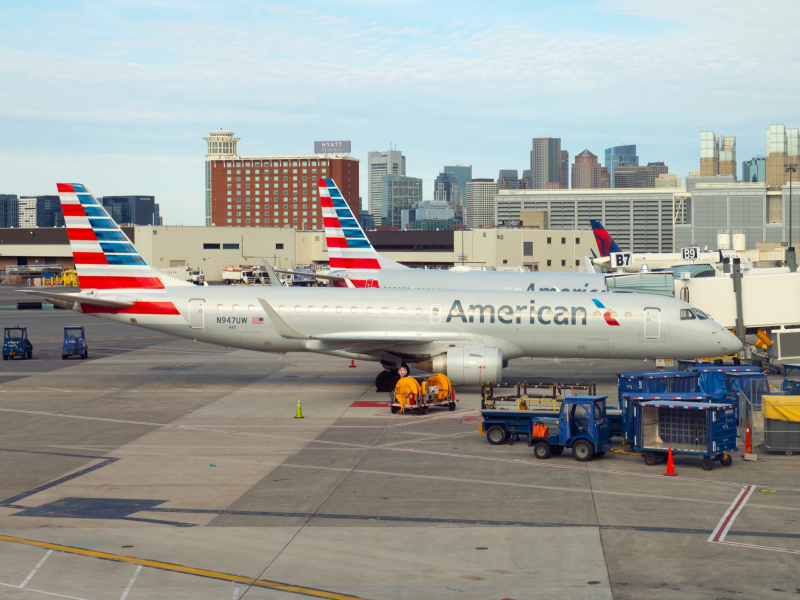
Another aircraft received as part of its merger with US Airways, the Embraer E190 operated short and medium-haul routes for American. The quasi-regional jet was primarily based in Philadelphia flying as far as Texas and Grand Cayman but could also be commonly found flying shuttle flights between New York, Boston, and Washington, DC.
American was only one of two US airlines to operate the Embraer jet at the time of its retirement, leaving JetBlue Airways as the only US operator of the type. JetBlue also plans to retire the type in favor of the Airbus A220 but David Neeleman's new airline Breeze Airways intends to launch with the type as it awaits its A220 flagship.
American Airlines' Bombardier CRJ200
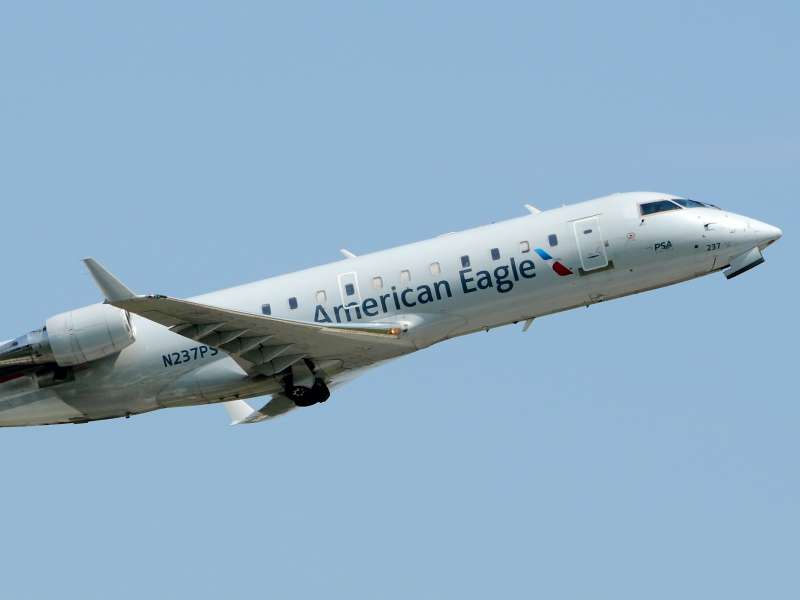
One of the smallest aircraft in American's regional fleet, the Bombardier CRJ200 was a short-haul workhorse based at the airline's East Coast bases including Charlotte, Philadelphia, and Washington, DC. American didn't directly operate the jet, leaving that to its regional partners and subsidiaries including PSA Airlines, Air Wisconsin, and SkyWest Airlines.
United Airlines and Delta Air Lines continue to operate the plane with American shifting focusing on the Embraer ERJ family aircraft for its regional operations.
Virgin Atlantic Airways' Boeing 747-400
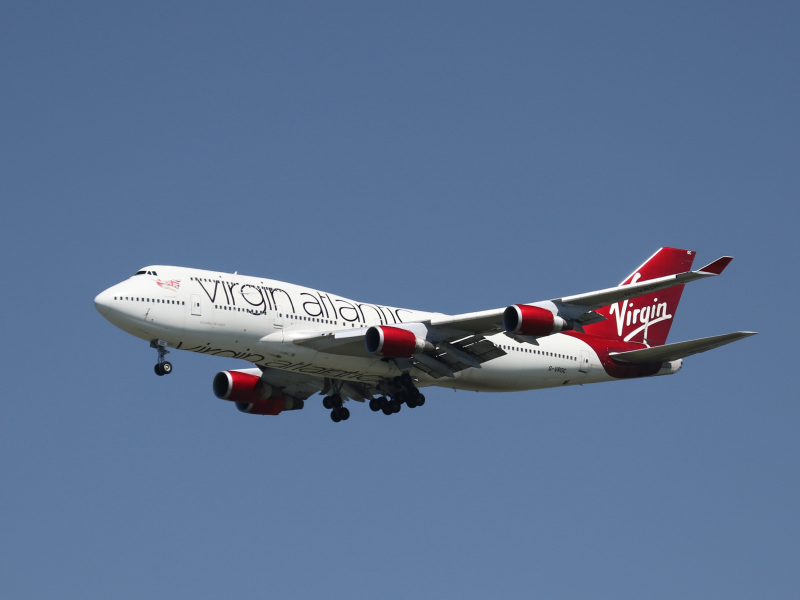
Virgin Atlantic is advancing its fleet renewal plans amid the pandemic with the retirement of the Boeing 747-400 from its fleet, according to a May 5 announcement. One of its most iconic aircraft, the 747 primarily flew leisure routes from the airline's hub at London's Gatwick Airport, Manchester Airport, Glasgow Airport, and Belfast Airport, with Orlando being a favorite destination.
The 747 was Virgin's first plane, operating flights between London and Newark in the 1980s. The past few years, however, have seen a shift by the airline to fuel-efficient twin-engine jets such as the Boeing 787 Dreamliner and Airbus A350-1000 XWB, with the Airbus A330-900neo expected to join the fleet next.
Like most aircraft in the Virgin fleet, the iconic Jumbo Jet featured a bar in its nose where Upper Class passengers could have a drink and socialize.
Air Canada's Embraer E190
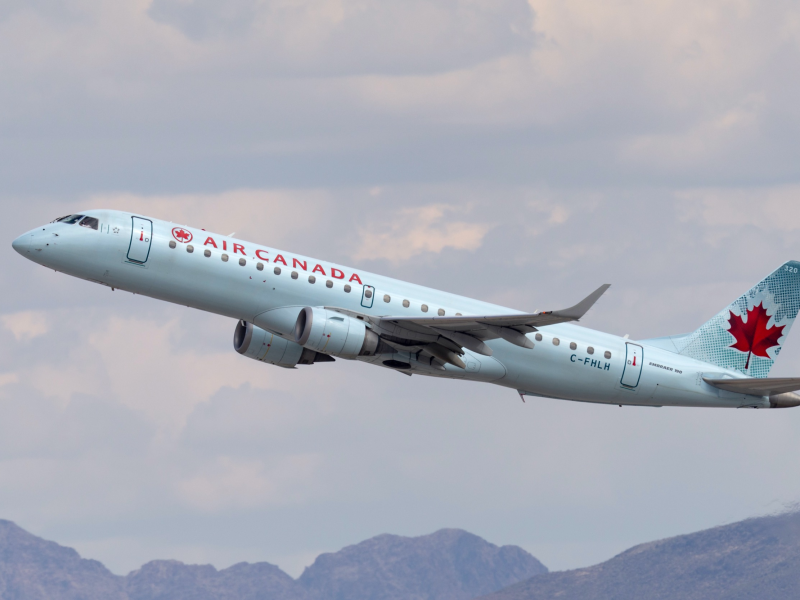
Air Canada announced the retirement of its Embraer E190 fleet as part of a plan to part ways with nearly 80 older aircraft, also including some Boeing 767s and Airbus A319s. The 97-seat jet was amongst the smallest in the Canadian flag carrier's mainline fleet, offering limited domestic and transborder services.
The move comes as American Airlines also announced the retirement of its Embraer E190 fleet, leaving JetBlue Airways as the undisputed primary carrier of the type. Largely replacing the Embraer E190 is the Airbus A220, a next-generation aircraft that Air Canada took delivery of in January.
Delta Air Lines' Boeing 777-200
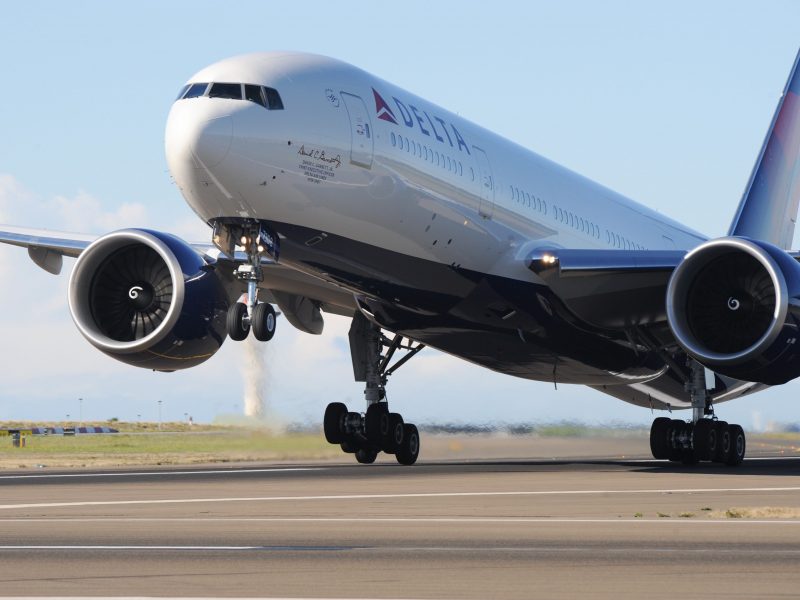
Delta Air Lines is parting ways with its Boeing 777-200 aircraft, a small subset of its fleet that consisted of only 18 aircraft. After the Boeing 747-400 was retired from Delta's fleet, the 777 assumed the role as the carrier's largest aircraft in terms of capacity and held nearly 300 passengers.
Assigned to Delta's longest routes, the Boeing wide-body could be found flying between Atlanta and Johannesburg, South Africa, Los Angeles and Sydney, Australia, and New York and Mumbai, India. The Airbus A350-900 XWB and Airbus A330-900neo will now take the 777's place as the airline's largest jets, offering a degree of fuel-efficient comfort that the aging Boeing jets could not.
Delta stated that the jets will be retired by the end of 2020 and they'll join the airline's McDonnell Douglas MD-80 and MD-90 series aircraft that are scheduled to be retired on June 2. American Airlines and United Airlines will continue flying the 777 as the only two US passenger airlines to do so.

